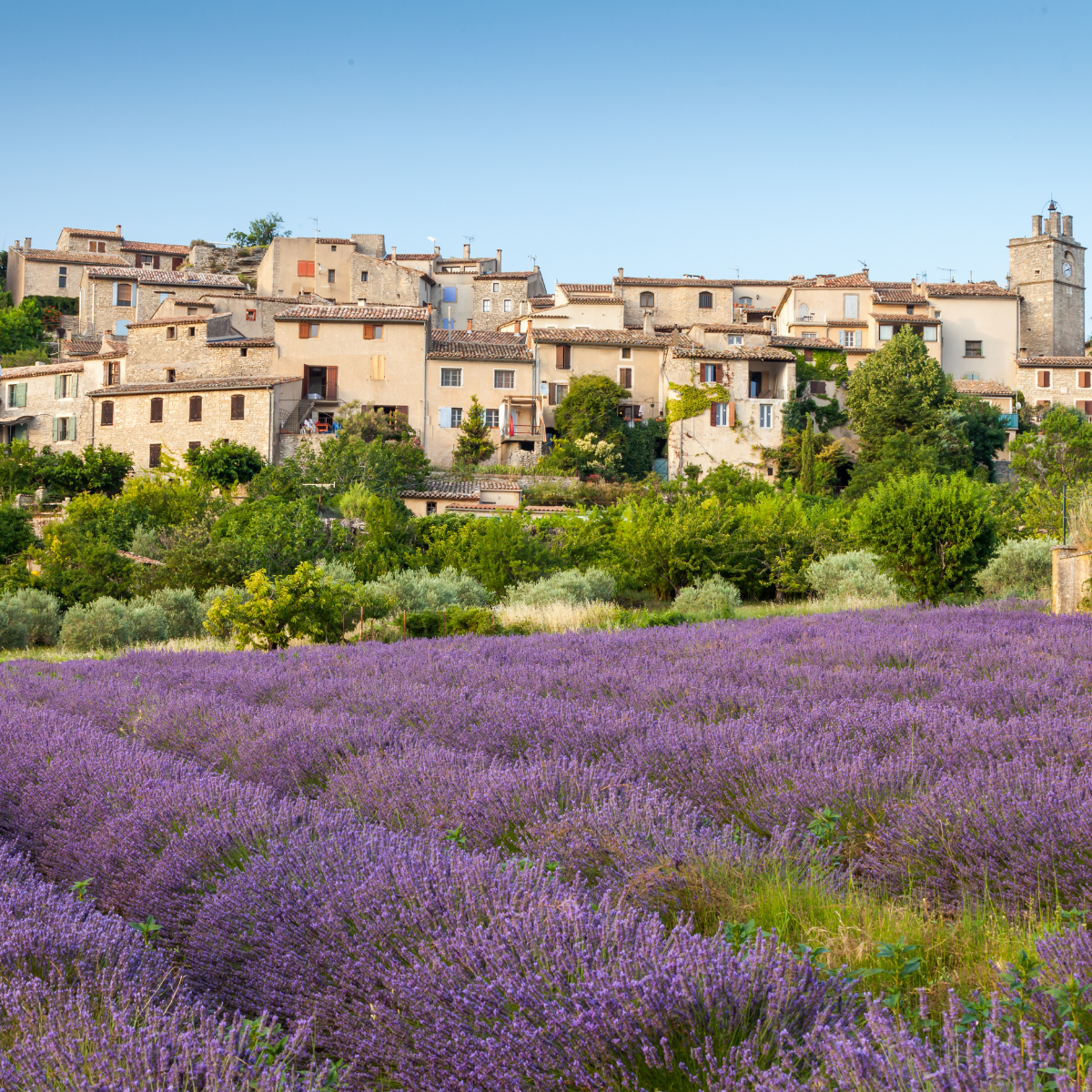A to Z of French Herbs - Herbes de Provence
Herbs de Provence is pronounced the same in French as it is in English really. The key difference is in the spelling. In French it’s spelt Herbes de Provence.
Herbs de Provence is a dried herb mix that is sold now all over the world due to it’s popularity in the US in the 60’s when it was featured by Julia Child in her Art of French Cooking book series in the dish Poulet Saute aux Herbes de Provence. But the first written mention of the mixture of Provencal herbs dates back to 1910, in the book La Cuisine Provençale, by Jean-Baptiste Reboul.
Spice and herb blends are not uncommon in France and around the world of course. In French cuisine you also have the previously covered in this series Bouquet Garni and the Fine Herbes blend.
It has been described by many that Herbs de Provence is the sun and sky of Provence in a jar. Although many store bought mixes nowadays the origin of the dried herbs is not even from France.
For that easy French cuisine feel to a dish though it’s a quick fix to change any dish to make it seem a lot more French and also a lot more delicious. Without knowing it sometimes trying a dish with Herbs de Provence is often peoples first French dish.
The origins of Herbs de Provence like a lot of things in France and French cuisine is a bit sketchy. Some people say that Herbes de Provence was created by monks in the Middle Ages.
Then others believe that shepherds in the Provence region came up with the herb mix.
In Provence the locals would often pick the different herbs from their gardens and then would dry the herbs to create their own mixes. This is one of the reasons for the multiple different versions of what’s in the Herbs de Provence mix.
Some of the herbs in the mix would be found in the wild and so the locals would often forage for them. This thought has been banned in many places the foraging of wild herbs in order to preserve wildlife and fauna in those areas under environmental preservation rules set up by local and federal governments.
Herbes de Provence usually consists of five different herbs, Rosemary, Thyme, Savory, Oregano and Basil. Depending on the parts of Provence that you’re in can mean that the mix might also include fennel, bay leaf and sage. But in the United States some French would say manufacturers have gone too far as they’ve added lavender to the mix.
This is a dried mix usually as the drying of the particular herbs used not only prolongs the herbs but also intensifies the flavour of these particular herbs. Some herbs don’t improve their flavour with drying but the main ingredients of this mix do.
Ducros is a well known French spice company and from the 60’s the company began growing and packaging herbs de Provence commercially. This then became an important event in the popularity of the herbs de Provence in France outside of Provence.
You can use herbs de Provence in many creative ways. Often it’s used on grilled meats and fish but can also be added to sauces and soups. Baked potatoes, or in a herb butter to place on your cooked steak.
Some say that herbs de Provence is the same mix as the very popular Itatian seasoning seen on shelfs in supermarkets and shops often next to each other. But the main difference is that a herbs de Provence mix contains the addition of Savory.
Savory is an annual herb that comes in two varieties, winter and summer savory with the winter savory being slightly more bitter. In the herbs de Provence mix the summer variety is used.
Interestingly there is no protected geographical status or other types of legal protection for herbes de Provence and as such only around 10% of the heroes de Provence mixes sold in France is produced in France. Most come from Poland, Albania, Maghreb and China.
Thyme de Provence though did in 2018 obtain a protected geographical indication which says that if you want to say that the spice is thyme de Provence it has to come from an area in Provence south of the Dome and up to Ardeche. It also needs to contain at least 15% carvacrol making it a spice mix as well.
One of the other things that often separates the herbs de Provence mix to other spice blends is that usually this mix is just the herbs and no salt is added. Quite a few mixes of herbs available has salt added to preserve the mixture longer but this also changes the flavour.
Frederic Minstral was a famous French writer who once said about Provence the region associated and named after the Herbs de Provence.
“When the good lord begins to doubt the world, he remembers that he created Provence. ”



